
Visa and entry requirements Uruguay:
Passport required
No visa is required
Information from the Foreign Office about your trip to Uruguay:
https://www.auswaertiges-amt.de/de/uruguaysicherheit/201138
Uruguay is a country in South America with around 3.5 million inhabitants. This makes it the smallest Spanish-speaking and second smallest country on the continent. Uruguay borders Brazil to the north, the Atlantic Ocean to the east, the Rio de la Plata to the south and Argentina to the west.
The country's most important cities include Montevideo, Punta del Este, Rivera, Paysandu, Las Piedras, Salto, Maldonado, Melo and Tacuarembo. The official language is Spanish and the Uruguayan peso is used as payment, with 1 euro being equivalent to around 40 UYU.
The territory of Uruguay is very rich in water, with the largest river, the Rio Uruguay. Together with the Rio de la Plata - the widest river in the world at around 220 kilometers - it forms the western border of the country. The huge river then flows into the Atlantic Ocean. The largely very flat country only has a highest elevation of 514 meters, the mountain “Cerro Catedral”.
Uruguay is one of the wealthiest countries in Latin America. Compared to the neighboring countries of Argentina and Brazil, the general crime rate in the welfare state is rather low.
The country of Uruguay is relatively poor in mineral resources, unless granite, clay, marble or limestone are mined in small quantities. Uruguay's current economic wealth comes from livestock farming, with the huge herds of horses, sheep and cattle settled in the endless pastures of the Pampas. Therefore, the country's most important export goods are wool, leather and meat. Due to the predominantly fertile soil, sugar cane, wheat, tomatoes, sorghum, sugar beet, corn and rice are also exported from agriculture.
Another important source of income for Uruguay's economy is tourism, with up to three million visitors every year. After Montevideo, the city of Punta del Este is the most visited tourist destination. The country's most famous seaside resort and popular meeting place for the South American upper class, around 150 kilometers from Montevideo, is particularly popular in the summer months.
The capital and largest city of Uruguay is Montevideo with around 1.4 million inhabitants. The large city, located at the mouth of the Rio de la Plata river, is the political, cultural and economic center of the country.
Montevideo is the city with the highest quality of life on the entire continent and is one of the ten safest cities in South America.
Montevideo has been arguing with Buenos Aires over the birthplace of tango since 1886 because the first piece was supposedly composed in the Uruguayan capital.
The most important sights in Montevideo include the Teatro Solis - the second largest theater in South America, the mausoleum of the national hero Jose Gervasio Artigas, the Cathedral of Montevideo, the Estevez Palace, the market hall "Mercado del Puerto", the old town, the telecommunications tower, the Piria Palace, the coastal road Rambla, the National Library, the National Museum, the Independence Square with its surrounding buildings from the Wilhelminian era, the Constitution Square, the Liberation Street, the Prado Park, the Fortress of Montevideo, the Zabala Square, the gate to the old town, Torre Ejecutiva - the seat of the President, the Obelisk of Montevideo, the Church of San Francisco, the famous Centenario Stadium - the first final of a World Cup took place there in 1930, the Pocitos district with the beach of the same name , the Rodo Park, the Agricola market, the large white Christian cross with the statue of Pope John Paul II, the harbor and the Uruguayan National Bank.
In January 2018 I visited Uruguay for the first and only time. My two day stay on the way back from my Antarctic cruise was mainly limited to Montevideo.
The city of Montevideo has its own charm, super cozy and very tourist-friendly. After I caught the first double-decker bus for a two-hour city tour as soon as I arrived in the morning, I was able to immediately familiarize myself with the special features of the city. In some parts, Montevideo is very modern and looks more like a holiday resort, but on the other hand, several buildings in the center are in a pitiful condition or have already completely deteriorated.
After the very interesting and informative tour in the morning, I started walking around large parts of the city center and along the waterfront after lunch. Rarely has a walk of several hours in a world capital been so comfortable; somehow, despite it being a weekday, there was very little car traffic in Montevideo.
Independence Square with its surrounding colonial buildings is of course one of the absolute highlights of the capital, what a fantastic place.
Many artists exhibited their pictures and sculptures in the artists' quarter and mostly on “Constitution Square”. This was also a perfect place for photos with the increased number of graffiti paintings on the surrounding house walls.
Montevideo has countless cozy street cafes and restaurants, which I sometimes found difficult to pass by. Due to the perfect location and good view, I treated myself to a cheap coffee a few times to relax, as is usual in the city.
Uruguay, and especially Montevideo, is a fantastic travel destination with extremely friendly people and I will always have fond memories of it. One day I'll definitely come back and then take a little more time.
The next morning my cruise ship set off for its final destination of Buenos Aires in Argentina.

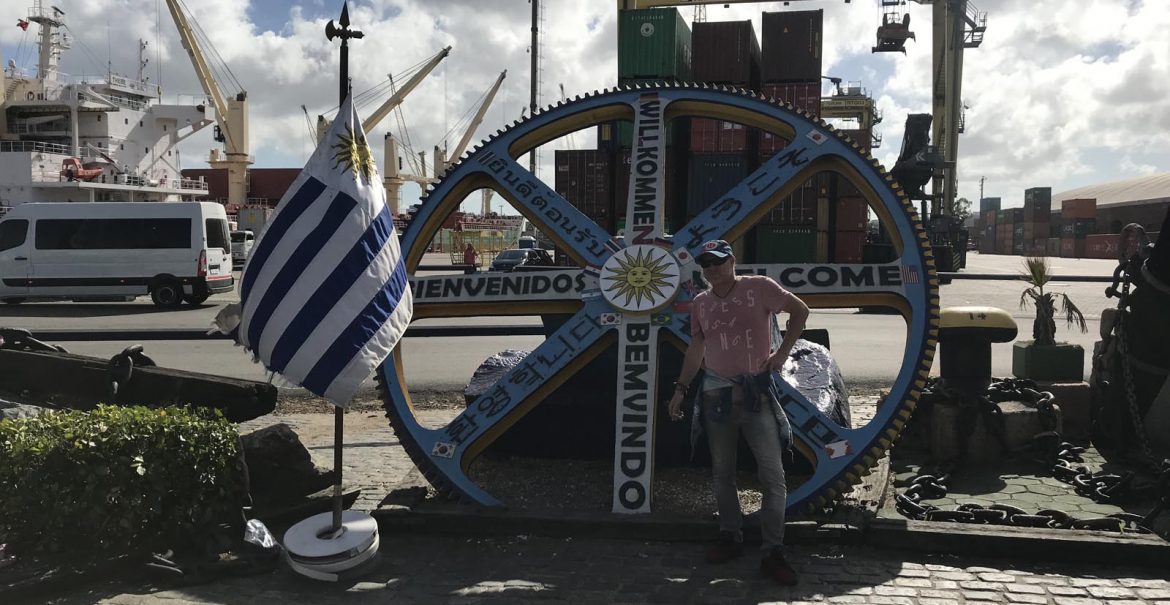
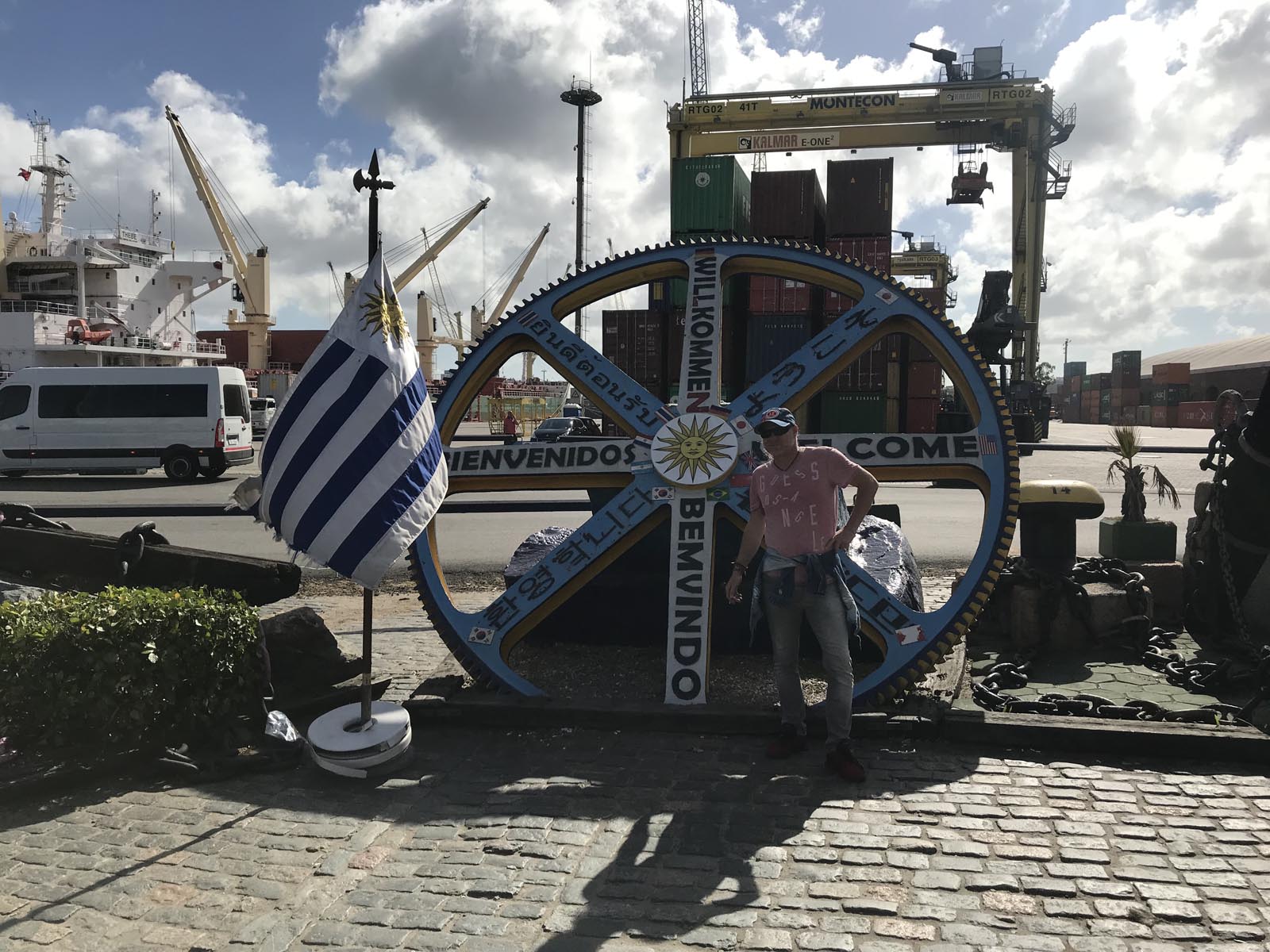
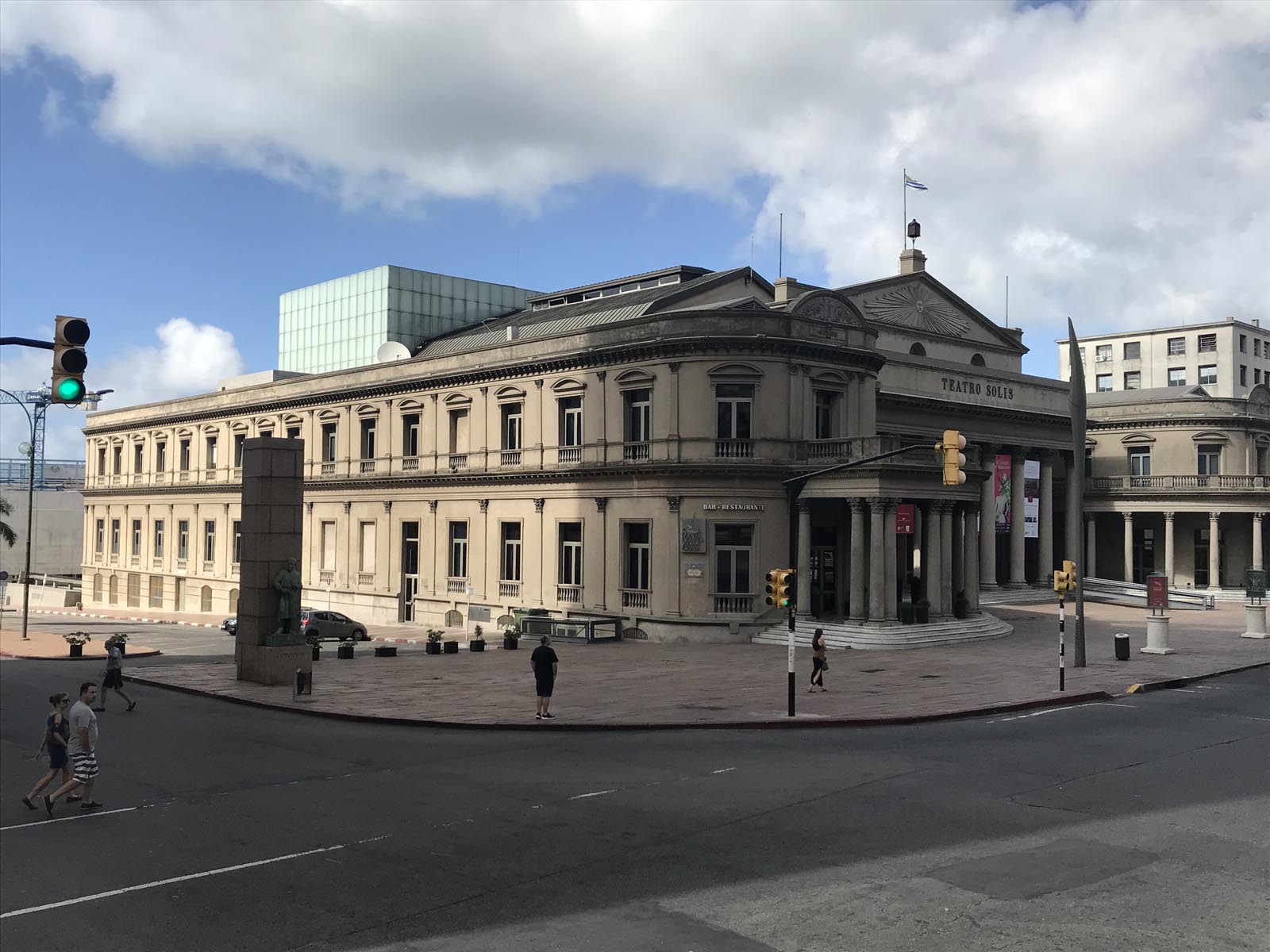











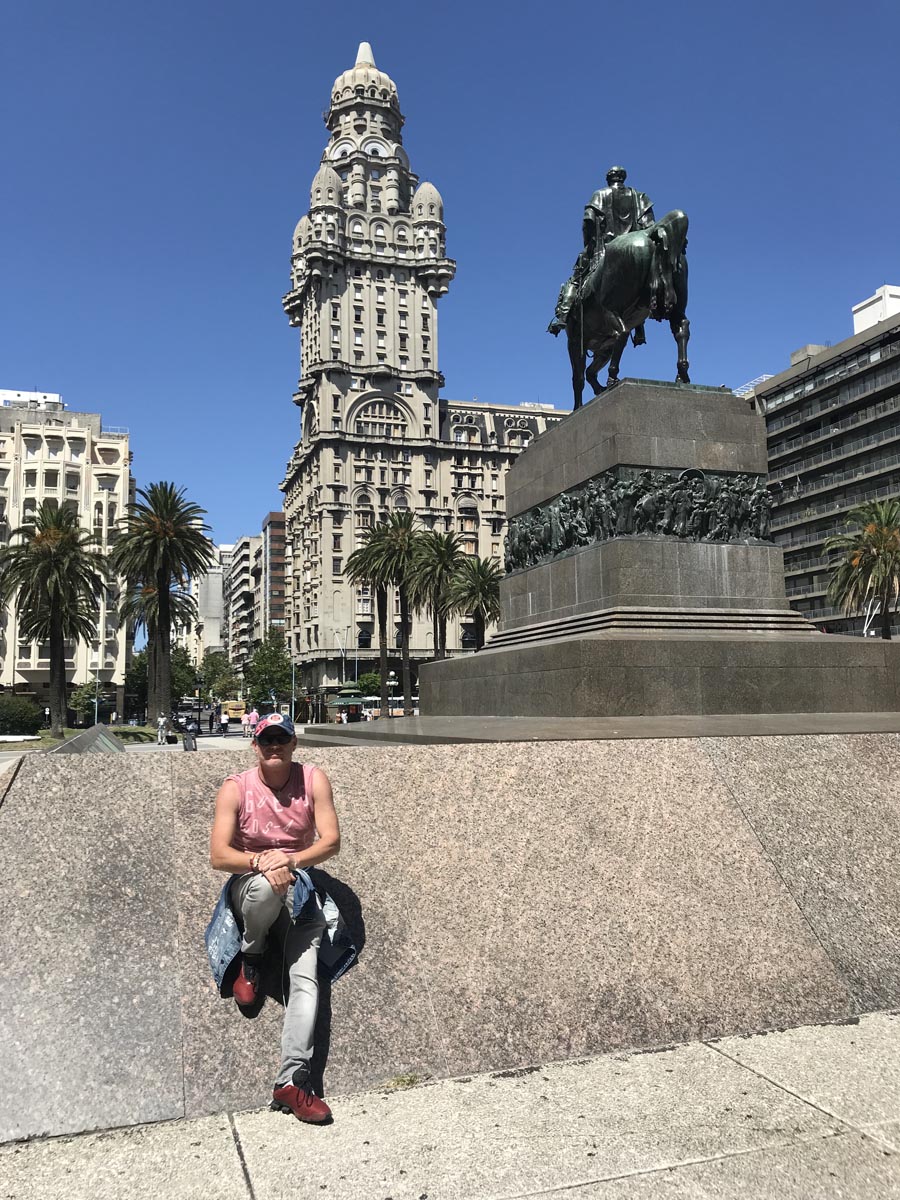








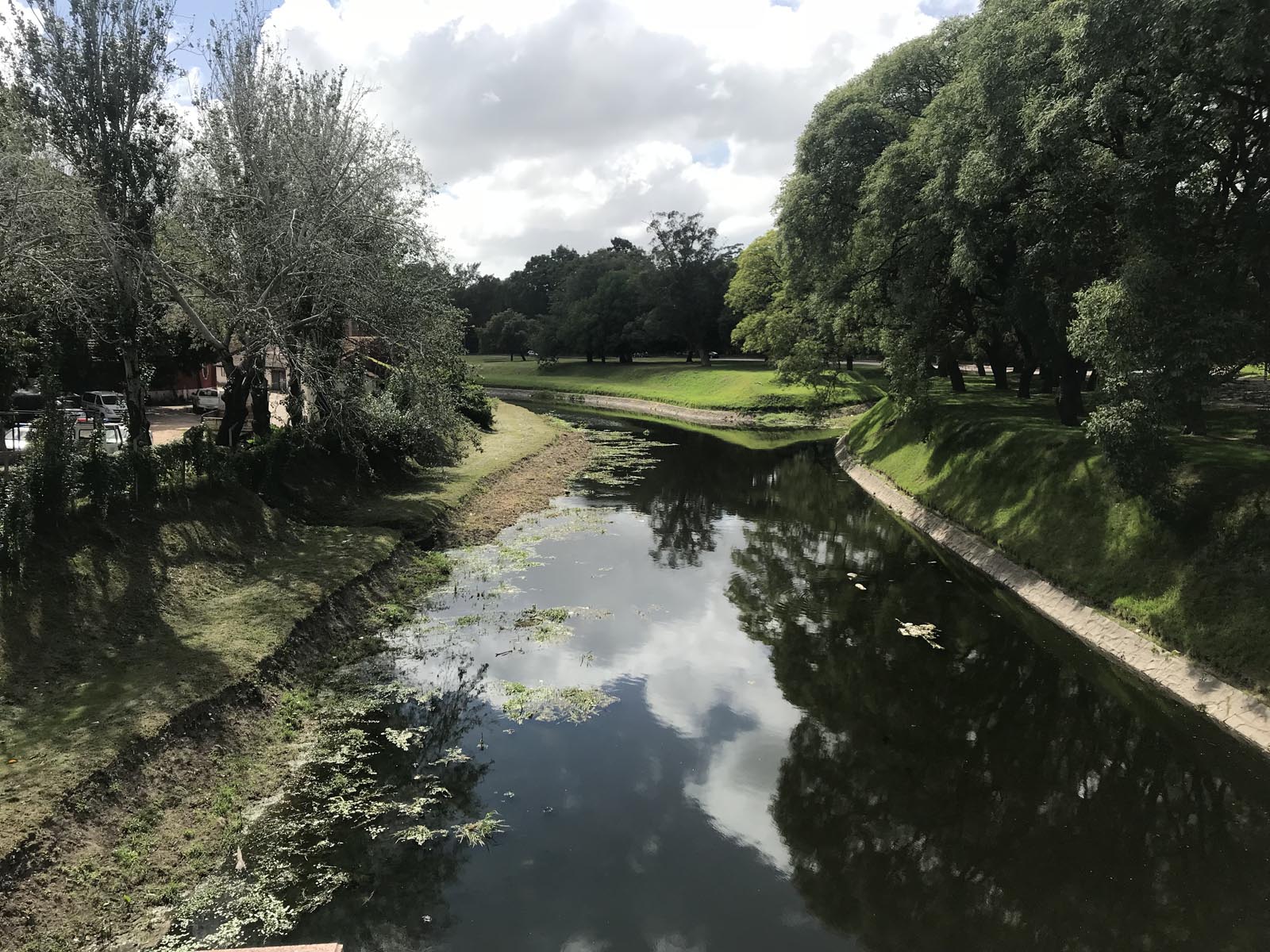
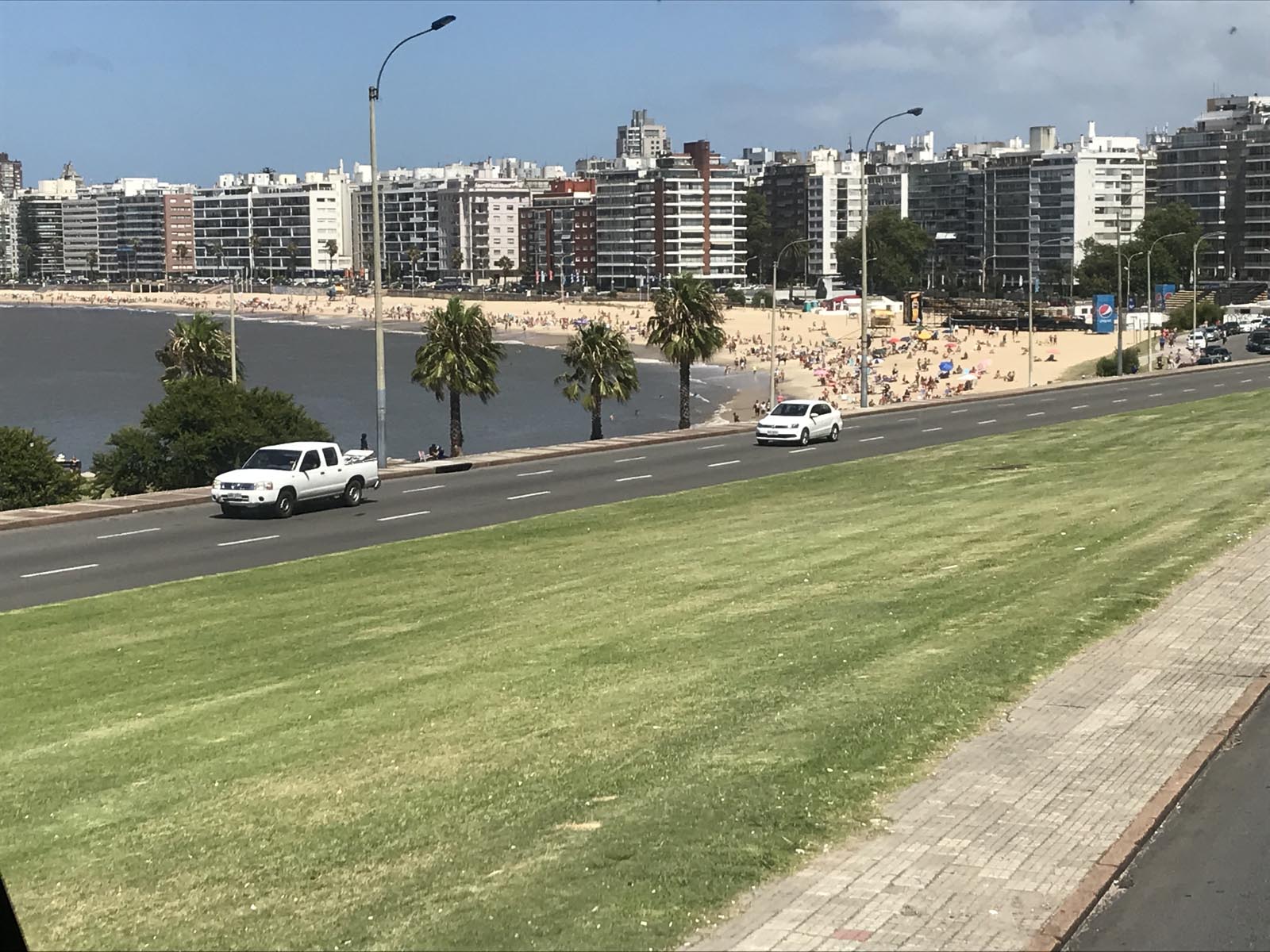


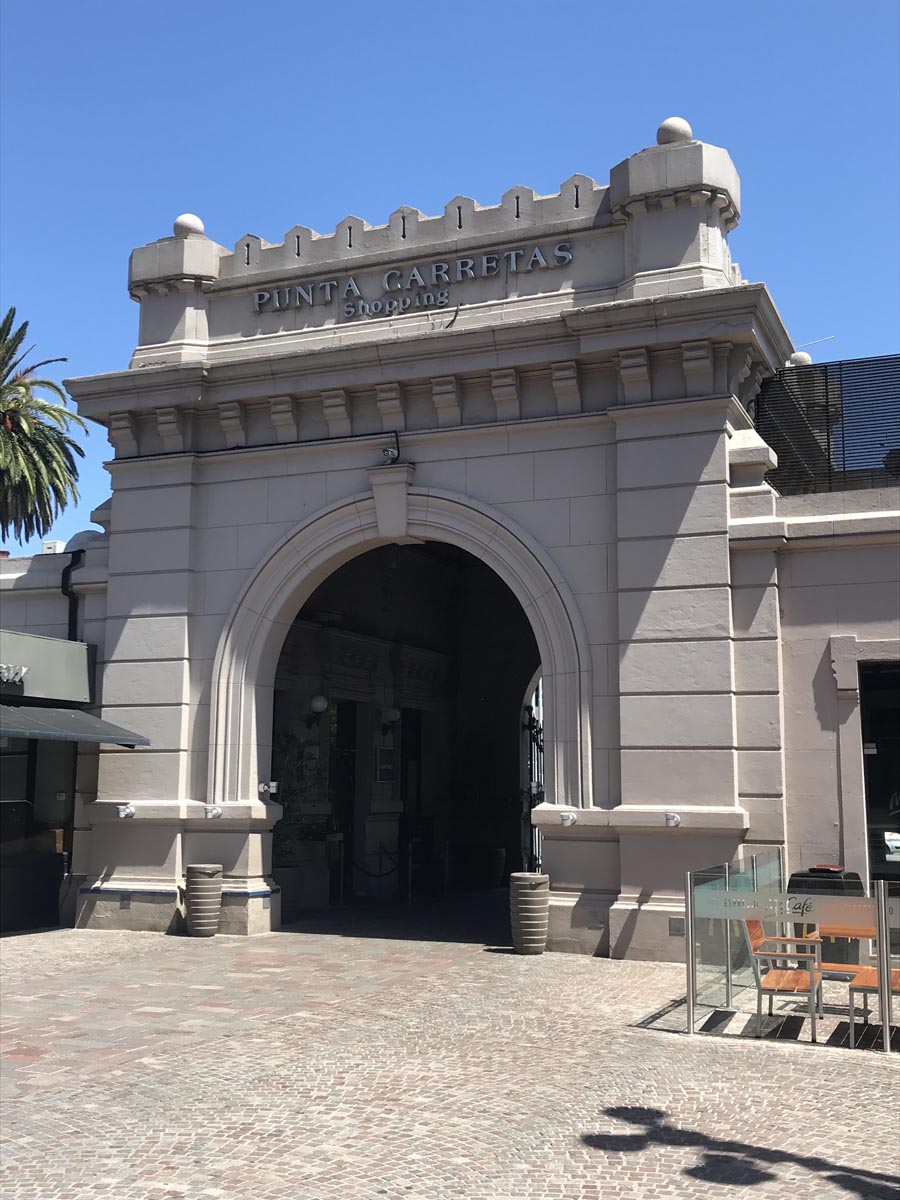









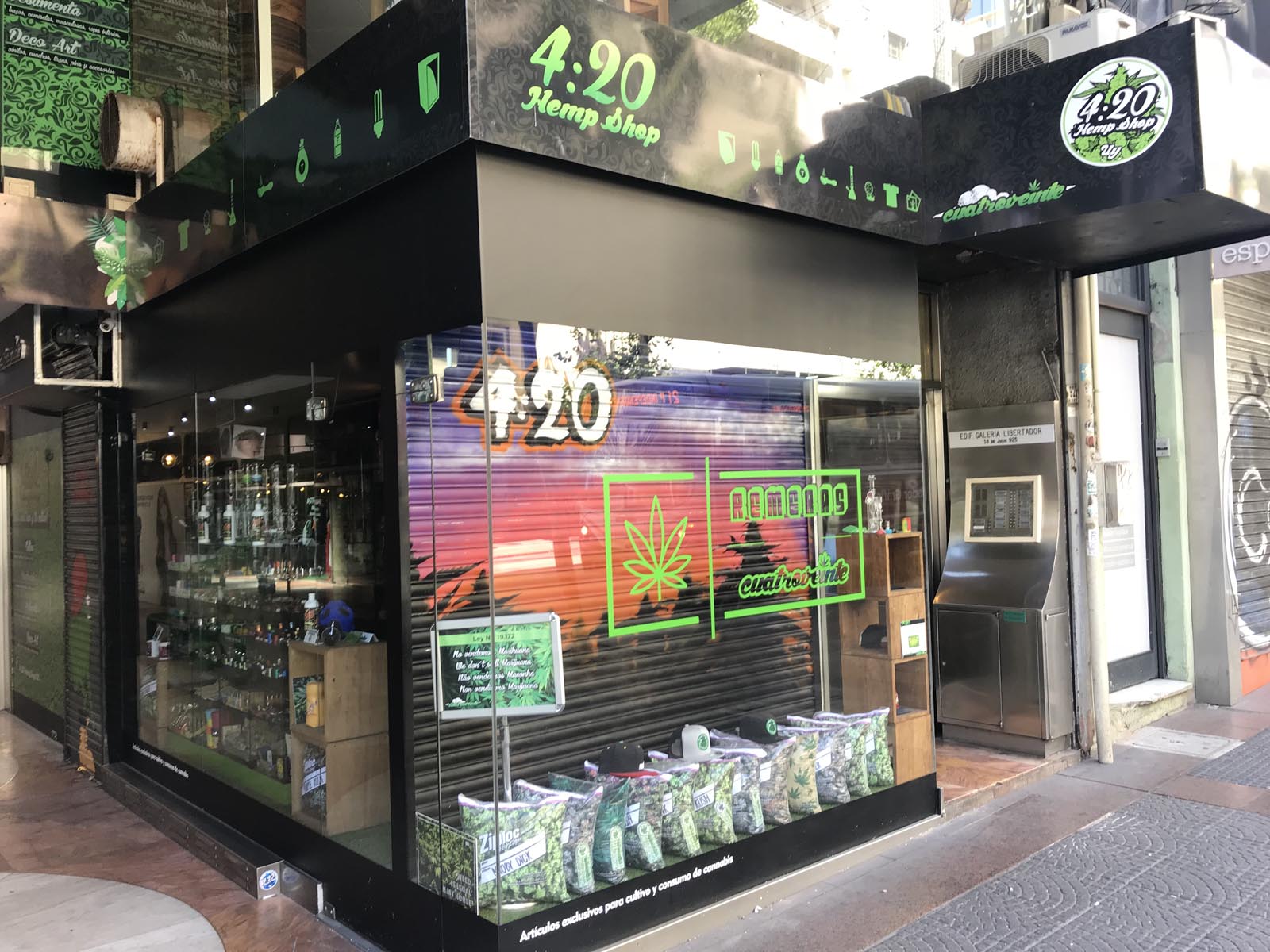




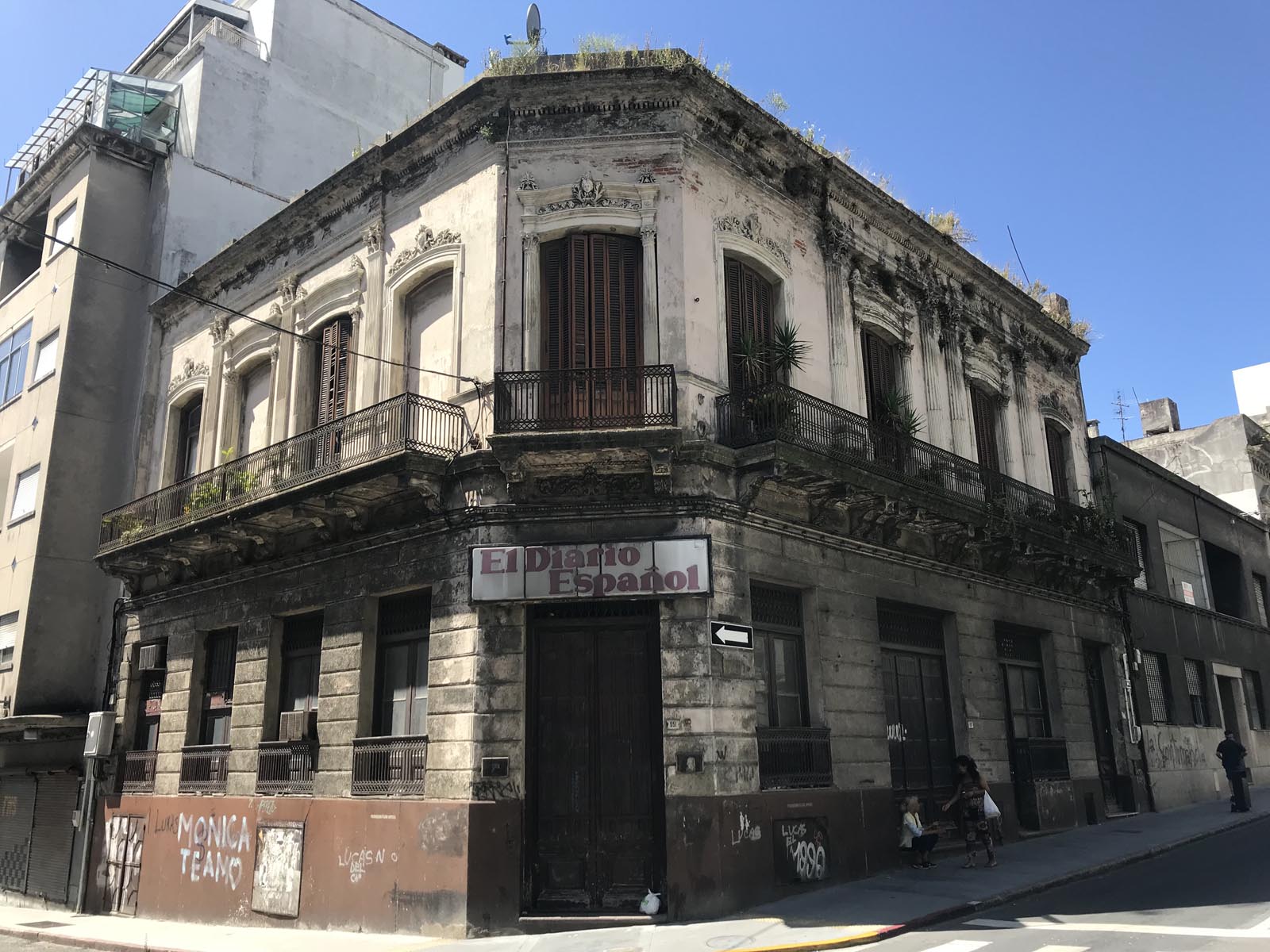



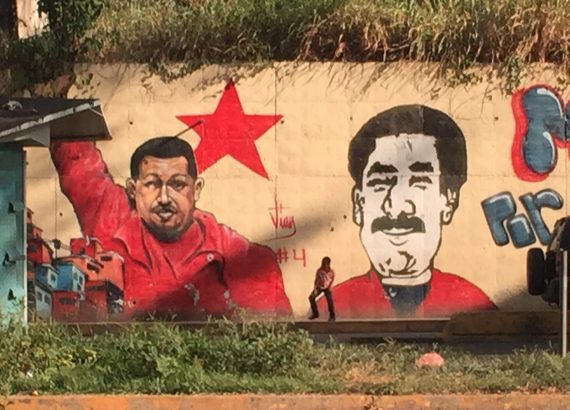
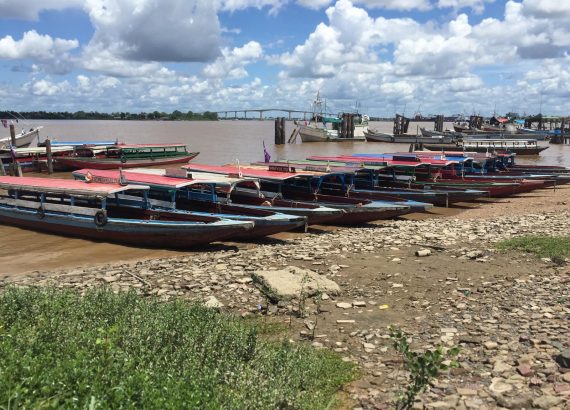
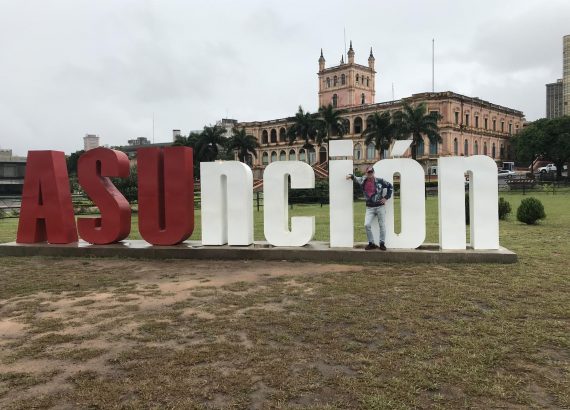
No Comments